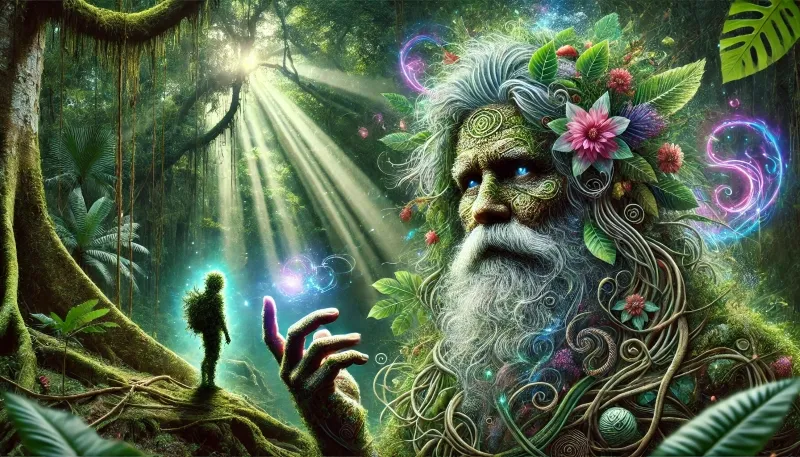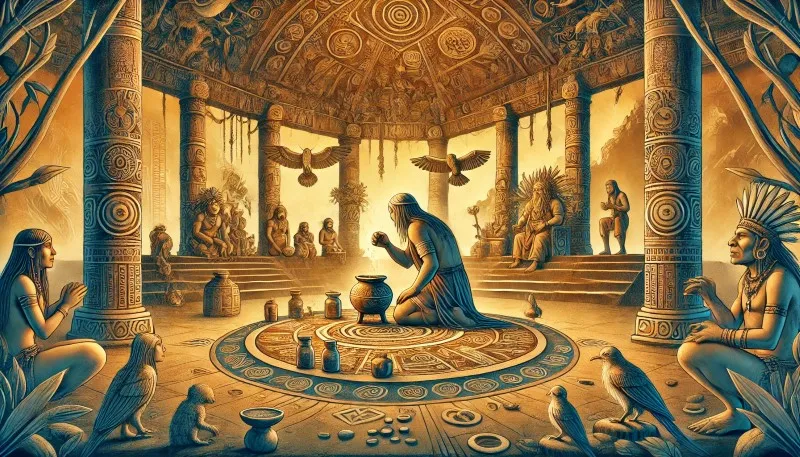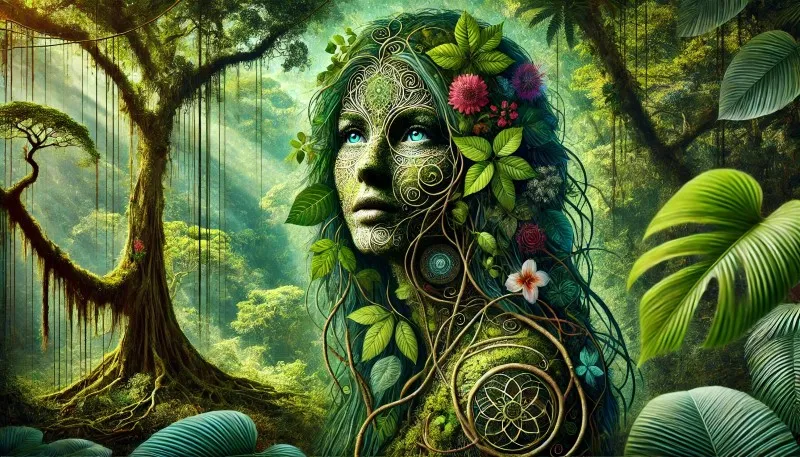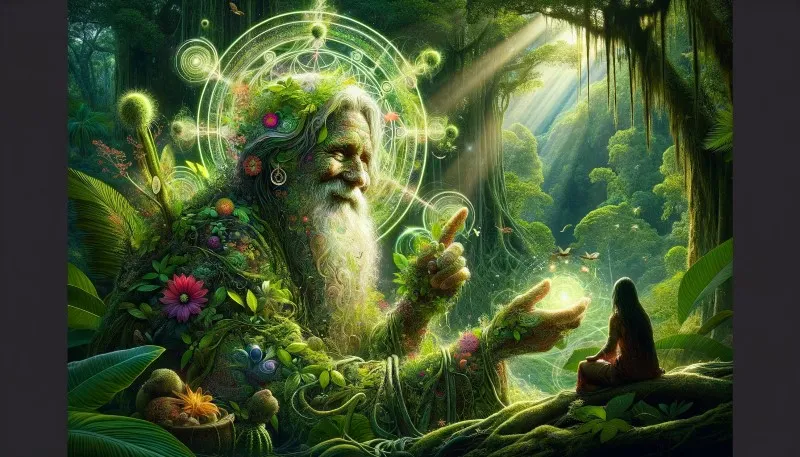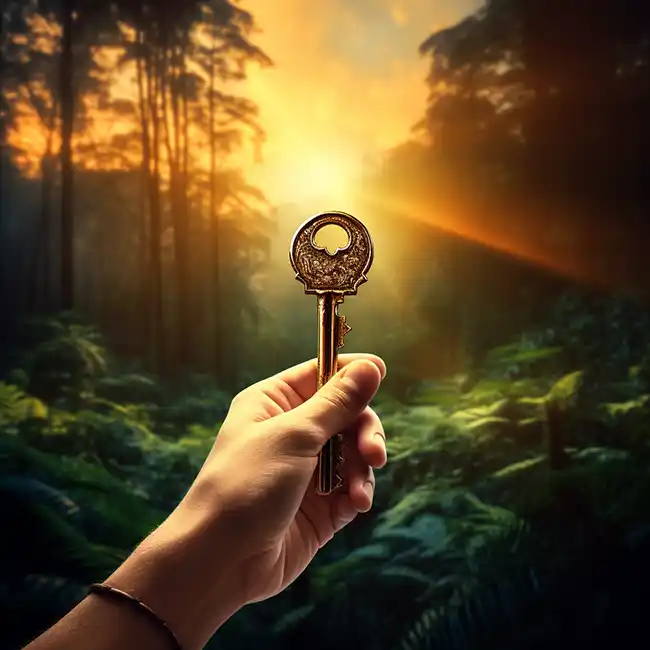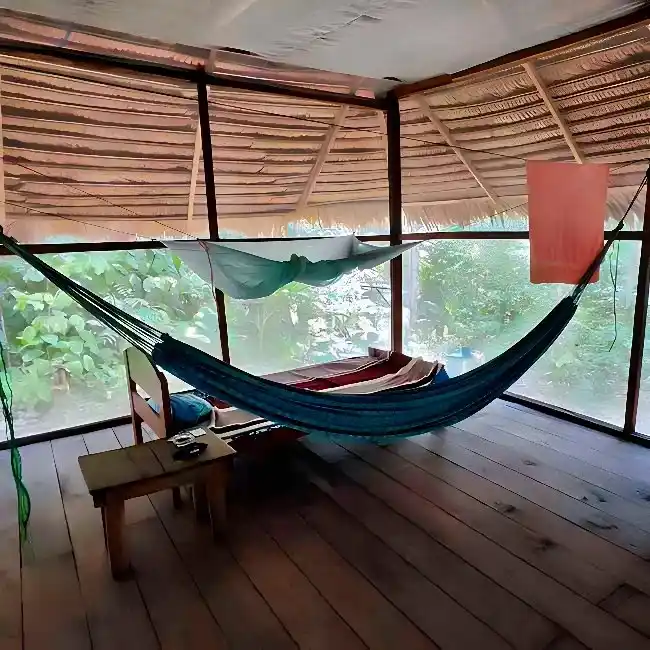Entheogens, or magic plants, are plant-based psychedelics with a centuries-old history of medicinal and spiritual use. The term entheogen comes from the Greek words “entheos” (divine, containing a god) and “genesthai” (to come into existence). Thus, the word describes an inspirational experience of a spiritual or divine nature. Psychedelic substances are chemical compounds that induce a state of expanded consciousness in which a person perceives reality in a different form from normal perception. They can be synthesised artificially or isolated from plant substrate by chemical reactions. This group includes such well-known substances as LSD, DMT, MDMA, psilocybin and many other lesser known substances.
The psychedelic renaissance, and what’s behind it?
Today we are witnessing a psychedelic renaissance – a trend towards the legalisation of psychedelics. Science is finding more and more evidence of the mental health benefits of psychedelics. A major trend is psychotherapy using psychedelics, as they show efficacy in treating conditions that cannot be treated with known approved medications, such as depression, anxiety and PTSD.
Psychedelics in line for legalisation
- Ketamine – legalised for therapy in the US, Canada, some European countries
- MDMA – in the process of FDA (US Department of Health) approval for psychedelic therapy for post-traumatic stress disorder.
- Psilocybin (the chemical, not psilocybin mushrooms) – expected to be approved in 2027 for psychotherapy.
Where are the entheogens?
Natural plant psychedelics have been used for centuries in many cultures, which in itself speaks to their value. The most famous magical plants – ayahuasca, San Pedro cactus, peyote, iboga, psilocybin mushrooms, and shamanic Mapacho tobacco – have been considered sacred in all cultures. The use of entheogenic plants took place at certain stages in life, or for specific purposes, or as part of a spiritual practice. For example, the iboga ceremony was a transition from childhood to adulthood. In the Amazon, ayahuasca was considered a sacred drink used for healing and learning about the world. In Mexico, peyote was used for rituals and divination. However, they were never used for entertainment.
Now, however, magical plants are legally equated with drugs. And judging by the trends, the psychedelic renaissance will affect chemical psychedelics, but not plant-based psychedelics. Research is being funded on specific chemicals: mdma, psilocybin, and a few others. However, there is very little research on ayahuasca, as it is not funded by companies, but only by individuals and a couple of community organisations. As for valuable plants such as Chiric Sanango and San Pedro cactus, which have great potential for psychotherapy, there is little research on them.
There’s not enough scientific evidence, there’s no legal use. There’s a switch. First they ban everything. Then they start to allow it, and the mass media positions it as a breakthrough. However, natural remedies are left in the shadows, bringing chemicals to the forefront.
Differences between entheogens and synthetic psychedelics
-
Presence of Spirit
All unrelated cultures view entheogens as living beings. Some particularly strong consciousness, the spirit of the plant, which interacts with the person and can give valuable guidance, teach, can act like a doctor – find problems in the body and psyche and treat them. People who start working with Ayahuasca, and were previously familiar with synthetic psychedelics such as LSD, DMT, mdma, quite quickly begin to notice the difference. In working with Ayahuasca there is an interaction with some external consciousness, which has its own will and knowledge different from human. This external consciousness is called a spirit-teacher.
Synthetic psychedelics shift into an altered state of consciousness, but there is no spirit-teacher in them. Some substances can open the subconscious, temporarily erase the boundary between the conscious and unconscious, but whether a person is able to use it somehow, whether it will benefit or harm, depends on many factors. The term “bad trip” comes from lsd users, and it describes the uncovering of negative aspects of the personality. If a person does not have their own tools to work through their “inner demons,” then the experience is more likely to be harmful than helpful. So, for synthetic psychedelics, the way that is emerging, with licences for psychedelic therapy, and taking the drug with a psychologist-sitter, is the only safe way. With plant psychedelics, however, the story is different. A person is not led by another person, but by a spirit-teacher. If there is inexperienced or unscrupulous interference of another person in this process, it can interfere with the contact with the spirit-teacher. Our format of work assumes that a person works with Ayahuasca alone, without interference of other people. And for many years now we have seen for ourselves, and heard from many of our guests, that this gives a purer and deeper experience. Anyone who already has good contact with the spirit of Ayahuasca knows that a sitter is not needed, as Ayahuasca leads the person.
-
Working with the body and health
Synthetic psychedelics do not affect the body in any way, or do slight damage to it. Entheogens, on the other hand, often act as healers. In the Ayahuasca experience, many people physically feel Ayahuasca correcting certain organs or areas in the body, and see improved health after a retreat.
-
Purging
In working with entheogens, purging (can manifest as vomiting, diarrhoea, sweating, expelling mucus through coughing or sniffling) is part of healing work with the body and psychosomatics. Synthetic psychedelics have no such cleansing.
-
Benefits
Based on our many years of experience, people who come to us with the experience of synthetic psychedelics get dozens of times more benefit from Ayahuasca.Theeffectiveness of synthetic psychedelics for personal development is no more than 5% compared to the effectiveness of entheogens.
-
Safety
Entheogens have thousands of years of history of use, while psychedelic substances were synthesised / isolated decades ago, and knowledge of their effects is limited to the personal experience of daredevil users, and some amount of narrowly focused scientific research.
Retreat at Home of Ayahuasca with entheogenic plants
If you want to go deeper into magical plants and gain personal experience, we invite you to a retreat with entheogenic plants at our retreat centre Home of Ayahuasca located in Peru. We operate legally and hold all the necessary licences and permits. Our experienced guides will guide you through this unique and transformative experience, providing safety and support every step of the way. Read more about retreats on our homepage Ayahuasca retreat reviews Impact of Ayahuasca Retreats on Everyday Life: Survey Results Read interesting articles on the topic on our blog:
How does Ayahuasca heal, or Where to find the magic pill?
Bobinsana: Plant Medicine that helps to combine Power and Love
How Ayahuasca Helps Overcome Emotional Burnout and Start Feeling Life Again
